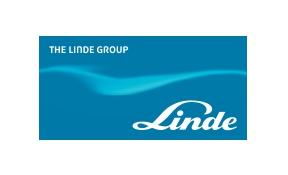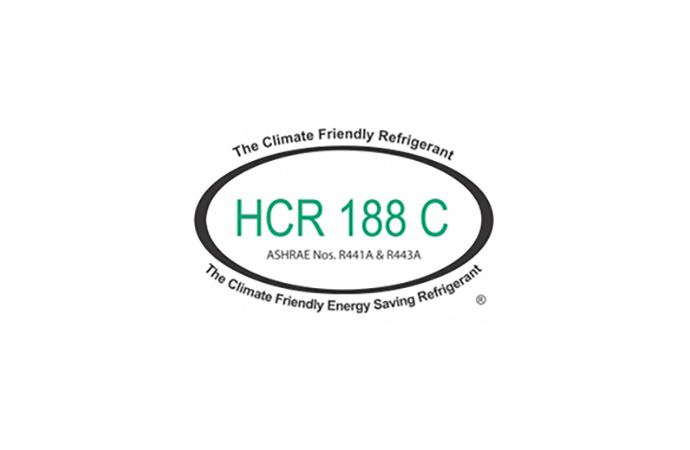A new report by the Environmental Investigation Agency in Washington DC, aims to support members of Consumer Goods Forum (CGF) with US operations in implementing their HFC phase-out pledges, by providing practical guidance. The report maintains that natural refrigerants are readily available for use in the vast majority of retail food applications, and urges CGF members but also other US retailers to make a swifter transition to HFC-free alternatives such as hydrocarbons, CO2 and ammo

The report "HFC-Free Technologies are Available in the US Market for the Supermarket-Retail Refrigeration Sector" provides an overview of the current market and the variety of equipment used by retailers in the US, before mapping out the availability of low-Global Warming Potential (GWP) alternatives to HFCs and the relevant energy efficiency standards.
Additional action is required
In the US, voluntary programmes, such as the U.S. Environmental Protection Agency’s GreenChill Partnership, that encourage supermarkets and other food retailers to minimise the use and emissions of HFC refrigerants already exist. Additionally, in 2010, the Consumer Goods Forum (CGF) - a global industry network consisting of retailers, manufacturers, service providers and other stakeholders - agreed to “begin phasing-out HFC refrigerants as of 2015 and replace them with non-HFC refrigerants (natural refrigerant alternatives) where these are legally allowed and available for new purchases of point-of-sale units and large refrigeration installations”.
Despite these efforts, and an estimated 36,000 supermarkets in the United States, only a few stores have been converted to HFC-free refrigeration in the region as opposed to more than 1,000 stores with HFC-free technologies in Europe. Hence, additional action is needed to minimise HFC emissions.
HFC-free supermarkets are feasible today
The report maps the availability of HFC-free technologies in the US, and provides case studies as well as an indicative list of HFC-free system suppliers in the US. It concludes that “Already, there are numerous proven HFC-free technologies available for use in the United States. Specifically, self-contained units, rack systems, and central plant systems that rely on hydrocarbons, carbon dioxide, ammonia, or combinations of these refrigerants are being manufactured and sold on the US market”.
“Proper planning and proven technologies using alternative refrigerants will support CGF members’ efforts to meet their pledge to use only HFC-free equipment in new refrigeration applications by 2015 and allow other supermarket chains to follow their example”.
Additional action is required
In the US, voluntary programmes, such as the U.S. Environmental Protection Agency’s GreenChill Partnership, that encourage supermarkets and other food retailers to minimise the use and emissions of HFC refrigerants already exist. Additionally, in 2010, the Consumer Goods Forum (CGF) - a global industry network consisting of retailers, manufacturers, service providers and other stakeholders - agreed to “begin phasing-out HFC refrigerants as of 2015 and replace them with non-HFC refrigerants (natural refrigerant alternatives) where these are legally allowed and available for new purchases of point-of-sale units and large refrigeration installations”.
Despite these efforts, and an estimated 36,000 supermarkets in the United States, only a few stores have been converted to HFC-free refrigeration in the region as opposed to more than 1,000 stores with HFC-free technologies in Europe. Hence, additional action is needed to minimise HFC emissions.
HFC-free supermarkets are feasible today
The report maps the availability of HFC-free technologies in the US, and provides case studies as well as an indicative list of HFC-free system suppliers in the US. It concludes that “Already, there are numerous proven HFC-free technologies available for use in the United States. Specifically, self-contained units, rack systems, and central plant systems that rely on hydrocarbons, carbon dioxide, ammonia, or combinations of these refrigerants are being manufactured and sold on the US market”.
“Proper planning and proven technologies using alternative refrigerants will support CGF members’ efforts to meet their pledge to use only HFC-free equipment in new refrigeration applications by 2015 and allow other supermarket chains to follow their example”.
MORE INFORMATION
Related stories











_1490973133.png)
